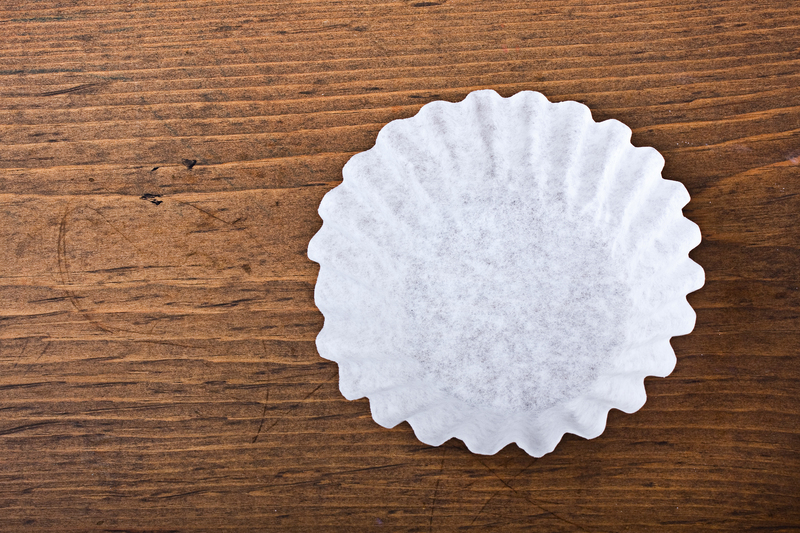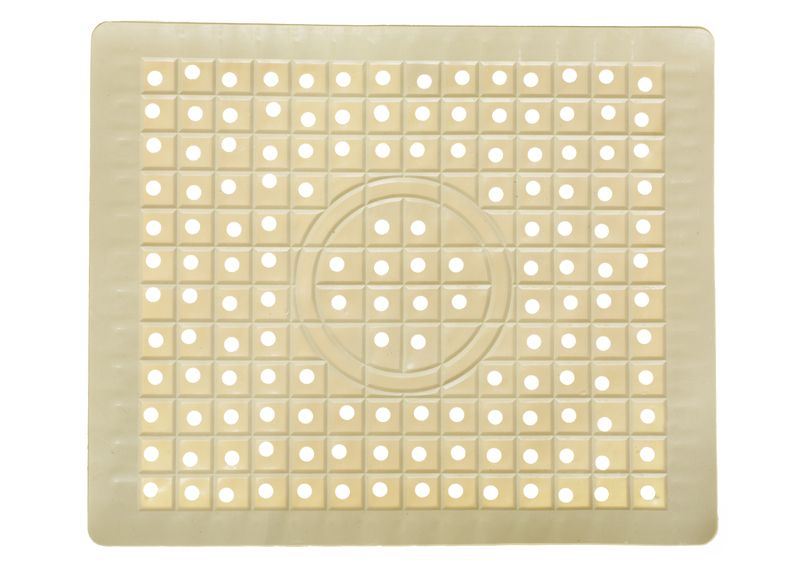Innovative Cleaning Techniques
Posted on 21/05/2025
Cleaning has always been an essential aspect of maintaining a healthy and pleasant environment, whether it be at home, in the office, or in public spaces. However, with the advancement of technology and increasing focus on sustainability, innovative cleaning techniques have emerged. These modern methods not only improve efficiency but also aim to reduce environmental impact. This article delves into some of the most cutting-edge techniques in the cleaning industry, their benefits, and potential drawbacks.
1. Steam Cleaning
Steam cleaning is an innovative technique that has gained popularity due to its effectiveness and eco-friendliness. This method uses high-temperature steam to clean and sanitize surfaces without the need for harsh chemicals.
- Effectiveness: The high temperature of the steam kills germs, bacteria, and viruses, making it a powerful sanitizing method.
- Eco-friendly: Since it only uses water, it is free from harmful chemicals.
- Versatility: Steam cleaning can be used on a variety of surfaces, including carpets, upholstery, tiles, and hardwood floors.

2. Ultrasonic Cleaning
Ultrasonic cleaning uses high-frequency sound waves to remove dirt, grime, and contaminants from objects. This method is particularly effective for cleaning intricate or delicate items that are difficult to clean through traditional methods.
- Precision: Ultrasonic waves can reach tiny crevices and complex geometries that are hard to clean manually.
- Efficiency: It requires less time and effort compared to conventional cleaning methods.
- Reduced Use of Chemicals: Often, water or mild detergents are sufficient, reducing the use of harsher chemicals.
3. UV-C Light Disinfection
UV-C light disinfection utilizes ultraviolet light to kill microorganisms by destroying their DNA. This technique is highly effective for sterilizing surfaces and air, especially in medical and healthcare settings.
- Disinfection: It effectively kills bacteria, viruses, and fungi.
- Non-toxic: No chemicals are used, making it safe for various environments.
- Speed: UV-C light can disinfect surfaces in a matter of seconds to minutes.
4. Electrolyzed Water
Electrolyzed water is created by applying an electrical current to a mixture of salt and water, producing two solutions: a powerful disinfectant called hypochlorous acid and a cleaning agent called sodium hydroxide.
- Safety: It is non-toxic and safe for humans and pets.
- Sustainability: This method reduces reliance on traditional cleaning chemicals.
- Effectiveness: It is effective against a broad spectrum of pathogens.
5. Robotic Cleaners
Robotic cleaners have revolutionized the cleaning industry by automating the process. These robots are equipped with sensors and AI to navigate and clean spaces autonomously.
- Convenience: They save time and effort, especially for routine cleaning tasks.
- Precision: Advanced models offer high precision in cleaning various types of floors and surfaces.
- Smart Integration: Many robots can be controlled via smartphones and integrated with smart home systems.
Pros and Cons of Innovative Cleaning Techniques
Pros
- Efficiency: These techniques often require less time and effort compared to traditional methods.
- Safety: Many methods reduce or eliminate the need for harmful chemicals.
- Environmental Impact: Techniques like steam cleaning and electrolyzed water contribute to sustainability.
- Effectiveness: Advanced methods often provide superior cleaning and disinfection.
Cons
- Cost: Initial investments for equipment like steam cleaners and robotic vacuums can be high.
- Maintenance: Some innovative tools and machines require regular maintenance.
- Learning Curve: New techniques may require time to learn and adapt to.
Tips for Implementing Innovative Cleaning Techniques
- Research: Understand the specific needs of your environment and choose appropriate techniques.
- Training: Ensure that users are adequately trained to utilize new methods effectively.
- Maintenance: Regularly maintain and service all cleaning equipment to ensure longevity and efficiency.
- Combine Methods: Use a combination of techniques to achieve comprehensive cleaning and disinfection.

Key Takeaways
- Innovative cleaning techniques enhance efficiency, safety, and effectiveness.
- Techniques like steam cleaning and electrolyzed water are environmentally friendly.
- Robotic cleaners automate tasks, saving time and effort.
- Research and proper training are crucial for successful implementation.
Conclusion
Innovative cleaning techniques are transforming the way we approach cleanliness and sanitation. By integrating these modern methods, we can achieve more efficient, safer, and environmentally friendly cleaning processes. While the initial investment and learning curve may pose challenges, the long-term benefits significantly outweigh the drawbacks. By staying informed and adaptable, we can harness the power of these innovative techniques to maintain cleaner and healthier environments.








